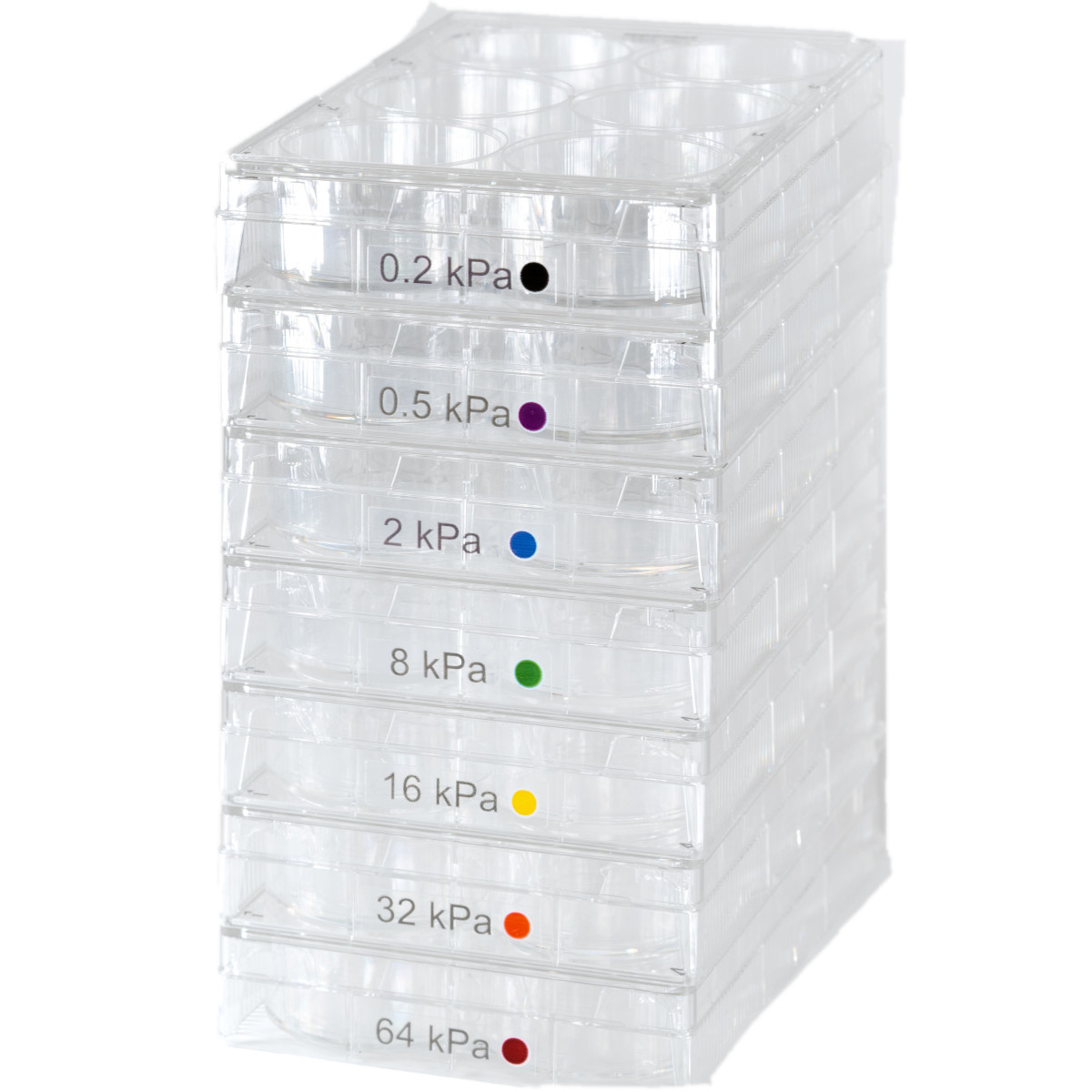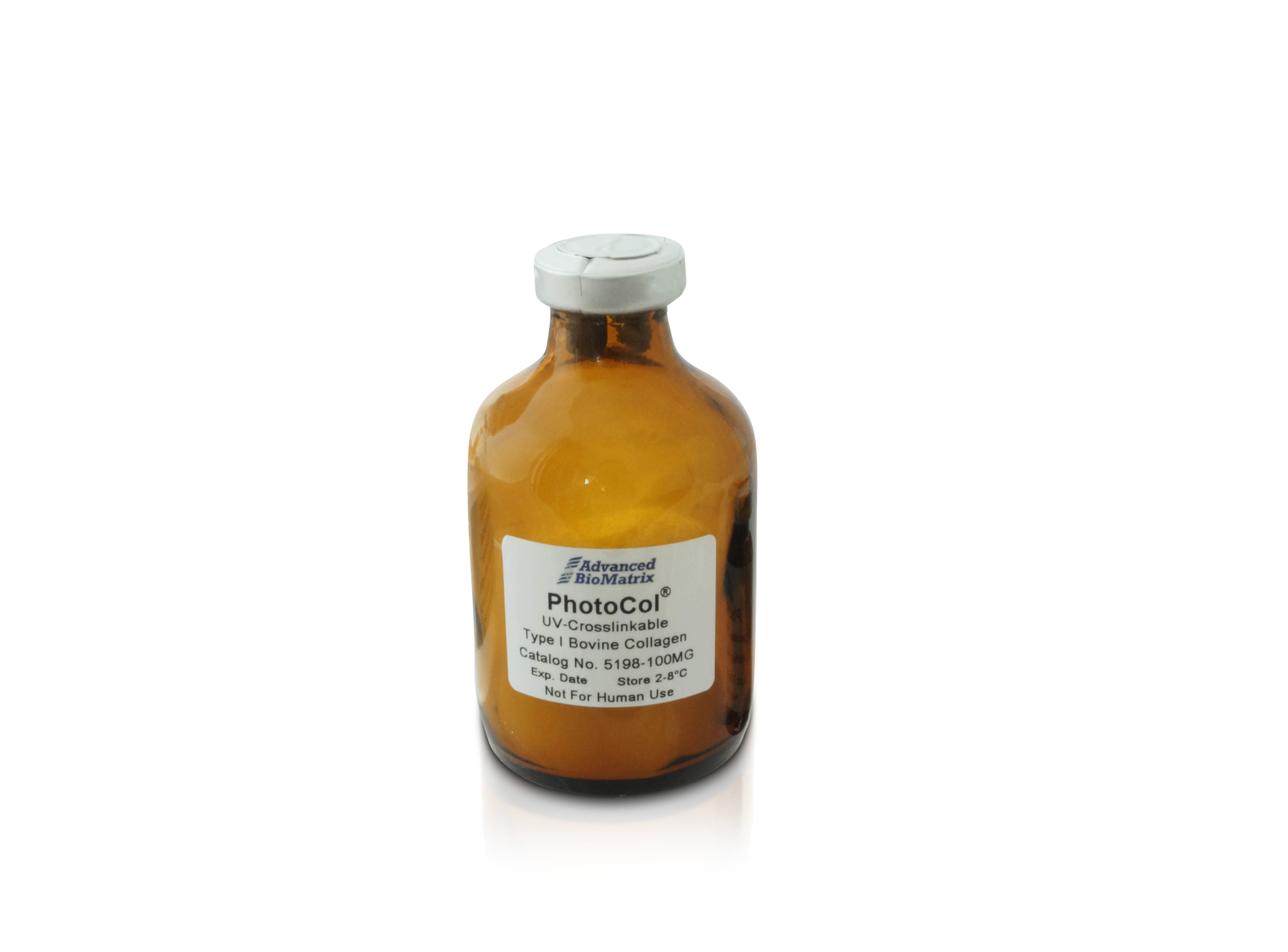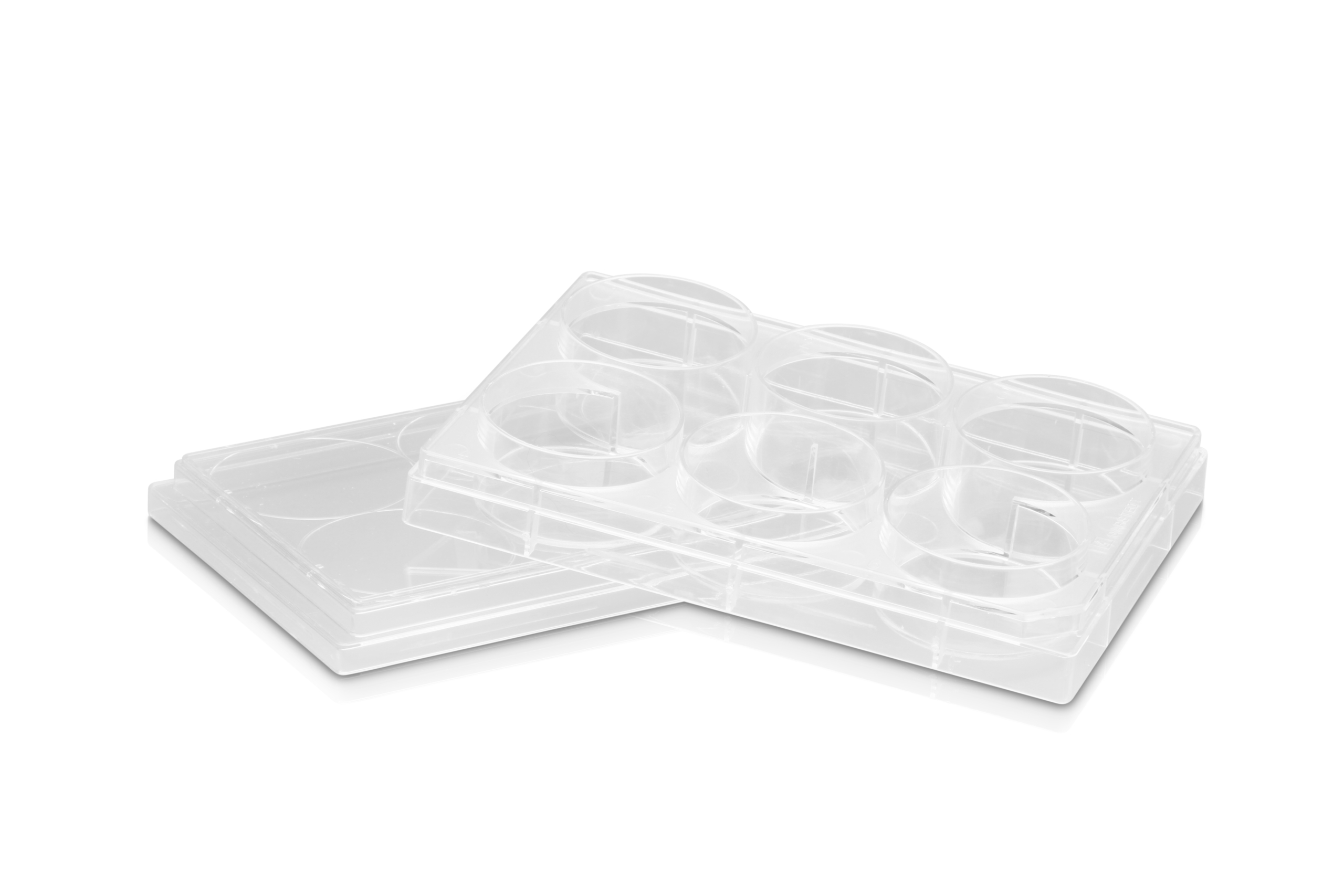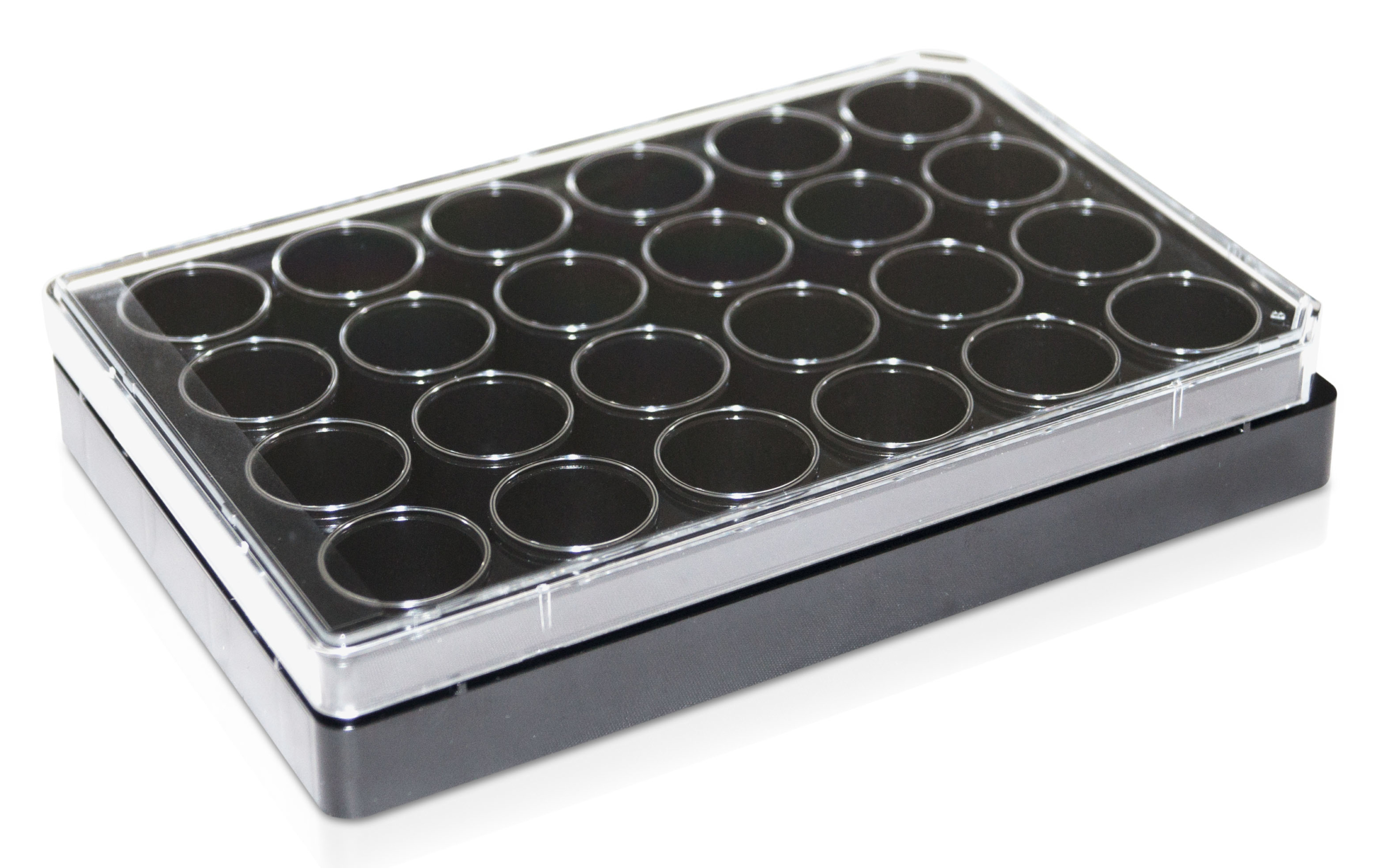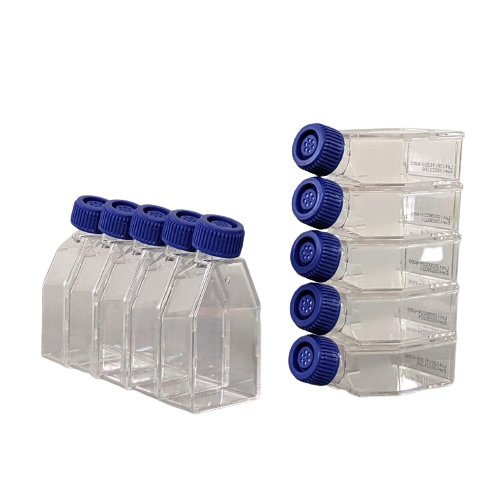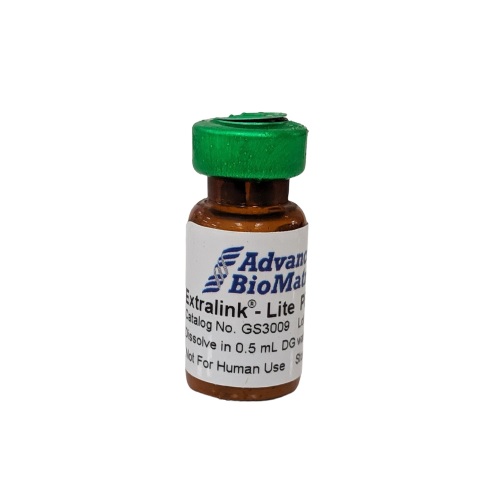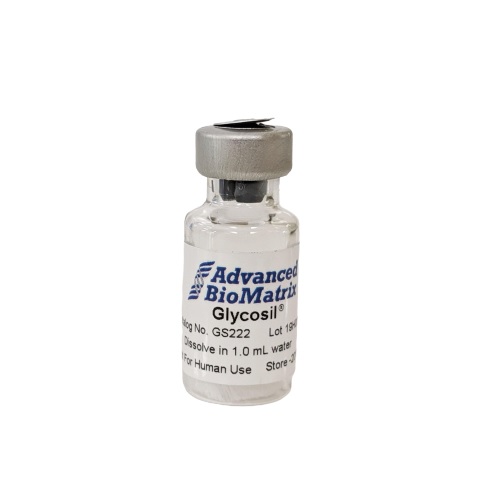Tunable Stiffness
The Role of Matrix Protein Stiffness in Cellular Processes
The tunable stiffness of matrix proteins refers to their ability to modify the mechanical properties of the extracellular matrix (ECM), impacting various cellular processes such as adhesion, migration, and differentiation. Stiffness and rigidity are key parameters influencing cellular behavior and tissue function.
Determinants of Matrix Protein Stiffness: Composition and Organization
The stiffness of matrix proteins is determined by their composition, organization, and interactions within the ECM. For instance, collagen, the most abundant protein in the ECM, provides structural support and imparts tensile strength to tissues. The cross-linking of collagen fibers contributes to the overall stiffness of the matrix. Conversely, elastin, another major ECM protein, endows tissues with elasticity and resilience due to its highly flexible structure.
Understanding Rigidity: Impact on Cellular Responses
Rigidity, on the other hand, refers to the resistance of a material to deformation. Matrix proteins with higher rigidity exhibit greater resistance to mechanical forces, influencing cellular responses. This property is particularly important in tissues subjected to dynamic mechanical environments, such as bone, where the rigidity of the ECM impacts osteoblast differentiation and bone remodeling.
Dynamic Regulation of Matrix Protein Stiffness
Importantly, the stiffness and rigidity of matrix proteins can be dynamically regulated in physiological and pathological conditions. Cells actively sense and respond to changes in matrix stiffness through mechanotransduction mechanisms. Mechanosensitive proteins, such as integrins and focal adhesion complexes, convert mechanical cues from the ECM into biochemical signals, modulating cell behavior accordingly. This process plays a crucial role in processes such as cell migration, proliferation, and stem cell differentiation.
Linking Matrix Stiffness to Cellular Behavior
Furthermore, the tunable stiffness of matrix proteins has significant implications in tissue engineering and regenerative medicine. Researchers can engineer biomaterials with tunable mechanical properties to mimic the native ECM and promote specific cellular responses. By modulating matrix stiffness, it is possible to guide cell fate decisions and tissue regeneration. For example, substrates with stiffness resembling that of brain tissue promote neural differentiation, while stiffer substrates resembling bone tissue favor osteogenic differentiation.
In summary, the tunable stiffness of matrix proteins plays a critical role in regulating cellular behavior and tissue function. Understanding the interplay between stiffness, rigidity, and cellular responses is essential for unraveling mechanobiological processes and engineering biomaterials for various biomedical applications, from tissue regeneration to drug delivery.
As a well-known example the PhotoCol (methacrylated collagen) combines these advantages of vary on the one hand the collagen concentration and on the other hand to increase the stiffness through the use of a Photoinitiators.
The same mechanism is true for: PhotoHA®, PhotoGel®, PhotoDextran®, PhotoAlginate®, PhotoSericin®, and PhotoChitosan®.
As an additional option, we have two different methacrylation degree of our PhotoHA® and PhotoGel® available now:
PhotoHA®-Stiff and PhotoHA®-Soft
PhotoGel® 95% DOM (PhotoGel® 95% DS; Stiff) and PhotoGel® 50% DOM (PhotoGel® 50% DS; Soft)
-
CytoSoft® Discovery Kit, 6-Well Plates
Cat.-Nr: 5190-7EA
The CytoSoft Discovery Kit 6-Well Plates consists of seven 6-well plates with various elastic moduli of approximately 0.2, 0.5, 2, 8, 16, 32 and 64... Read More
-
PhotoCol®, Methacrylated Collagen (Collagen only)
Cat.-Nr: 5198-100MG
PhotoCol® kits consists of purified methacrylated Type I bovine collagen as the core component with other support reagents in the kit. This... Read More
-
PhotoGel® Methacrylated Gelatin (GelMA) - Gelatin Only
Cat.-Nr: 5208-1GM
NEW name: PhotoGel® 95% DOM Advanced BioMatrix offers PhotoGel® , a purified and lyophilized methacrylated gelatin (GelMA) for... Read More
-
CytoSilk Silk Fibroin
Cat.-Nr: 5352-1GM
This Silk Fibroin lyophilized powder is approximately 1 gram of lyophilized protein derived from the Bombyx Mori silkworm. Silk Fibroin can be... Read More
-
CytoSoft® 6-well Plate, 0.2 kPa
Cat.-Nr: 5165-5EA
CytoSoft® products provide a tool to culture cells on PDMS substrates with various rigidity covering a broad physiological range. This CytoSoft®... Read More
-
CytoSoft® 6-well Plate, 0.5 kPa
Cat.-Nr: 5140-5EA
CytoSoft® products provide a tool to culture cells on PDMS substrates with various rigidity covering a broad physiological range. This CytoSoft®... Read More
-
CytoSoft® 6-well Plate, 16 kPa
Cat.-Nr: 5143-5EA
CytoSoft® products provide a tool to culture cells on PDMS substrates with various rigidity covering a broad physiological range. This CytoSoft®... Read More
-
CytoSoft® 6-well Plate, 2 kPa
Cat.-Nr: 5141-5EA
CytoSoft® products provide a tool to culture cells on PDMS substrates with various rigidity covering a broad physiological range. This CytoSoft®... Read More
-
CytoSoft® 6-well Plate, 32 kPa
Cat.-Nr: 5144-5EA
CytoSoft® products provide a tool to culture cells on PDMS substrates with various rigidity covering a broad physiological range. This CytoSoft®... Read More
-
CytoSoft® 6-well Plate, 64 kPa
Cat.-Nr: 5145-5EA
CytoSoft® products provide a tool to culture cells on PDMS substrates with various rigidity covering a broad physiological range. This CytoSoft®... Read More
-
CytoSoft® 6-well Plate, 8 kPa
Cat.-Nr: 5142-5EA
CytoSoft® products provide a tool to culture cells on PDMS substrates with various rigidity covering a broad physiological range. This CytoSoft®... Read More
-
CytoSoft® Imaging 96-well Plate, 0.2 kPa
Cat.-Nr: 5255-1EA
This CytoSoft® Imaging 96-well plate is currently not available. As an alternative, please have a look at: CytoSoft® Imaging, 24-well Plate,... Read More
-
CytoSoft® Imaging 96-well Plate, 0.5 kPa
Cat.-Nr: 5256-1EA
This CytoSoft® Imaging 96-well plate is currently not available. As an alternative, please have a look at: CytoSoft® Imaging, 24-well Plate, 0.5... Read More
-
CytoSoft® Imaging 96-well Plate, 16 kPa
Cat.-Nr: 5259-1EA
This CytoSoft® Imaging 96-well plate is currently not available. As an alternative, please have a look at: CytoSoft® Imaging, 24-well Plate, 16... Read More
-
CytoSoft® Imaging 96-well Plate, 2 kPa
Cat.-Nr: 5257-1EA
This CytoSoft® Imaging 96-well plate is currently not available. As an alternative, please have a look at: CytoSoft® Imaging, 24-well Plate, 2... Read More
-
CytoSoft® Imaging 96-well Plate, 32 kPa
Cat.-Nr: 5260-1EA
This CytoSoft® Imaging 96-well plate is currently not available. As an alternative, please have a look at: CytoSoft® Imaging, 24-well Plate, 32... Read More
-
CytoSoft® Imaging 96-well Plate, 64 kPa
Cat.-Nr: 5261-1EA
This CytoSoft® Imaging 96-well plate is currently not available. As an alternative, please have a look at: CytoSoft® Imaging, 24-well Plate, 64... Read More
-
CytoSoft® Imaging 96-well Plate, 8 kPa
Cat.-Nr: 5258-1EA
This CytoSoft® Imaging 96-well plate is currently not available. As an alternative, please have a look at: CytoSoft® Imaging, 24-well Plate, 8... Read More
-
CytoSoft® Imaging, 24-well Plate, 0.2 kPa
Cat.-Nr: 5183-1EA
CytoSoft®-Imaging products provide a tool to culture cells on PDMS substrates with various rigidity. This CytoSoft®-Imaging plate comes with 1... Read More
-
CytoSoft® Imaging, 24-well Plate, 0.5 kPa
Cat.-Nr: 5184-1EA
CytoSoft®-Imaging products provide a tool to culture cells on PDMS substrates with various rigidity. This CytoSoft®-Imaging plate comes with 1... Read More
-
CytoSoft® Imaging, 24-well Plate, 16 kPa
Cat.-Nr: 5187-1EA
CytoSoft®-Imaging products provide a tool to culture cells on PDMS substrates with various rigidity. This CytoSoft®-Imaging plate comes with 1... Read More
-
CytoSoft® Imaging, 24-well Plate, 2 kPa
Cat.-Nr: 5185-1EA
CytoSoft®-Imaging products provide a tool to culture cells on PDMS substrates with various rigidity. This CytoSoft®-Imaging plate comes with 1... Read More
-
CytoSoft® Imaging, 24-well Plate, 32 kPa
Cat.-Nr: 5188-1EA
CytoSoft®-Imaging products provide a tool to culture cells on PDMS substrates with various rigidity. This CytoSoft®-Imaging plate comes with 1... Read More
-
CytoSoft® Imaging, 24-well Plate, 64 kPa
Cat.-Nr: 5189-1EA
CytoSoft®-Imaging products provide a tool to culture cells on PDMS substrates with various rigidity. This CytoSoft®-Imaging plate comes with 1... Read More
-
CytoSoft® Imaging, 24-well Plate, 8 kPa
Cat.-Nr: 5186-1EA
CytoSoft®-Imaging products provide a tool to culture cells on PDMS substrates with various rigidity. This CytoSoft®-Imaging plate comes with 1... Read More
-
CytoSoft® T-25 Flasks, 0.2 kPa
Cat.-Nr: 5316-10EA
This CytoSoft® T-25 Flask product has a defined elastic modulus (see certificate of analysis) in the bottom of a standard T-25 Flask. The thickness... Read More
-
CytoSoft® T-25 Flasks, 0.5 kPa
Cat.-Nr: 5317-10EA
This CytoSoft® T-25 Flask product has a defined elastic modulus (see certificate of analysis) in the bottom of a standard T-25 Flask. The thickness... Read More
-
CytoSoft® T-25 Flasks, 16 kPa
Cat.-Nr: 5320-10EA
This CytoSoft® T-25 Flask product has a defined elastic modulus (see certificate of analysis) in the bottom of a standard T-25 Flask. The thickness... Read More
-
CytoSoft® T-25 Flasks, 2 kPa
Cat.-Nr: 5318-10EA
This CytoSoft® T-25 Flask product has a defined elastic modulus (see certificate of analysis) in the bottom of a standard T-25 Flask. The thickness... Read More
-
CytoSoft® T-25 Flasks, 32 kPa
Cat.-Nr: 5321-10EA
This CytoSoft® T-25 Flask product has a defined elastic modulus (see certificate of analysis) in the bottom of a standard T-25 Flask. The thickness... Read More
-
CytoSoft® T-25 Flasks, 64 kPa
Cat.-Nr: 5322-10EA
This CytoSoft® T-25 Flask product has a defined elastic modulus (see certificate of analysis) in the bottom of a standard T-25 Flask. The thickness... Read More
-
CytoSoft® T-25 Flasks, 8 kPa
Cat.-Nr: 5319-10EA
This CytoSoft® T-25 Flask product has a defined elastic modulus (see certificate of analysis) in the bottom of a standard T-25 Flask. The thickness... Read More
-
CytoSoft® T-75 Flasks, 0.2 kPa
Cat.-Nr: 5323-6EA
This CytoSoft® T-75 Flask product has a defined elastic modulus (see certificate of analysis) in the bottom of a standard T-75 Flask. The thickness... Read More
-
CytoSoft® T-75 Flasks, 0.5 kPa
Cat.-Nr: 5324-6EA
This CytoSoft® T-75 Flask product has a defined elastic modulus (see certificate of analysis) in the bottom of a standard T-75 Flask. The thickness... Read More
-
CytoSoft® T-75 Flasks, 16 kPa
Cat.-Nr: 5327-6EA
This CytoSoft® T-75 Flask product has a defined elastic modulus (see certificate of analysis) in the bottom of a standard T-75 Flask. The thickness... Read More
-
CytoSoft® T-75 Flasks, 2 kPa
Cat.-Nr: 5325-6EA
This CytoSoft® T-75 Flask product has a defined elastic modulus (see certificate of analysis) in the bottom of a standard T-75 Flask. The thickness... Read More
-
CytoSoft® T-75 Flasks, 32 kPa
Cat.-Nr: 5328-6EA
This CytoSoft® T-75 Flask product has a defined elastic modulus (see certificate of analysis) in the bottom of a standard T-75 Flask. The thickness... Read More
-
CytoSoft® T-75 Flasks, 64 kPa
Cat.-Nr: 5329-6EA
This CytoSoft® T-75 Flask product has a defined elastic modulus (see certificate of analysis) in the bottom of a standard T-75 Flask. The thickness... Read More
-
CytoSoft® T-75 Flasks, 8 kPa
Cat.-Nr: 5326-6EA
This CytoSoft® T-75 Flask product has a defined elastic modulus (see certificate of analysis) in the bottom of a standard T-75 Flask. The thickness... Read More
-
Extralink® PEGDA
Cat.-Nr: GS3006-5EA
Extralink® (PEGDA, polyethylene glycol diacrylate) 5 x 2.5mL vials of diacrylated PEG . Vials are blanketed by nitrogen and under a slight... Read More
-
Extralink® PEGDA
Cat.-Nr: GS3007-10EA
Extralink® (PEGDA, polyethylene glycol diacrylate) 10 x 0,5 mL vials of diacrylated PEG. Vials are blanketed by nitrogen and under a slight... Read More
-
Extralink®-Lite PEGDA
Cat.-Nr: GS3008-5EA
Extralink® Lite (PEGDA, polyethylene glycol diacrylate) 0.5 mL vials contain 2.5 mg of diacrylated PEG . Vials are blanketed by nitrogen and under a... Read More
-
Extralink®-Lite PEGDA
Cat.-Nr: GS3009-10EA
Extralink® Lite (PEGDA, polyethylene glycol diacrylate) 2.5 mL vials contain 12.5 mg of diacrylated PEG. Vials are blanketed by nitrogen and under a... Read More
-
Gelin-S® Thiol-modified Gelatin
Cat.-Nr: GS231-5EA
Gelin-S® is thiol-modified gelatin (denatured collagen) and is a component of the HyStem®-C, and HyStem-HP hydrogel kits. Most cells do not grow... Read More
-
Gelin-S® Thiol-modified Gelatin
Cat.-Nr: GS230-5ML
Gelin-S® is thiol-modified gelatin (denatured collagen) and is a component of the HyStem®-C, and HyStem-HP hydrogel kits. Most cells do not grow... Read More
-
Glycosil® Hyaluronan Acid
Cat.-Nr: GS220
Glycosil® hyaluronic acid is a component of the HyStem® and Hystem®-C hydrogel kits and can be purchased separately in individual vials.... Read More
-
Glycosil® Hyaluronan Acid
Cat.-Nr: GS222-5EA
Glycosil® hyaluronic acid is a component of the HyStem® and Hystem®-C hydrogel kits and can be purchased separately in individual vials.... Read More
-
Heprasil® Hyaluronan Acid
Cat.-Nr: GS217-5EA
Heprasil® is thiol-modified hyaluronic acid with thiol-modfied heparin and is a component of the HyStem® hydrogel kit. Hyaluronic acid is a major... Read More
-
Heprasil® Hyaluronan Acid
Cat.-Nr: GS215-5ML
Heprasil® is thiol-modified hyaluronic acid with thiol-modfied heparin and is a component of the HyStem® hydrogel kit. Hyaluronic acid is a major... Read More
-
HyStem® Thiol-Modified Hyaluronan Hydrogel Kit
Cat.-Nr: GS311F
VERSION 2.0 INFORMATION: HyStem Version 1.0 kit components were reconstituted in degassed water resulting in a pH neutral isotonic salt hydrogel.... Read More

